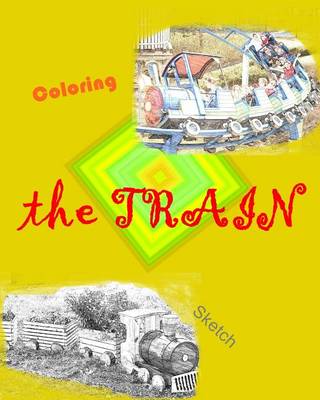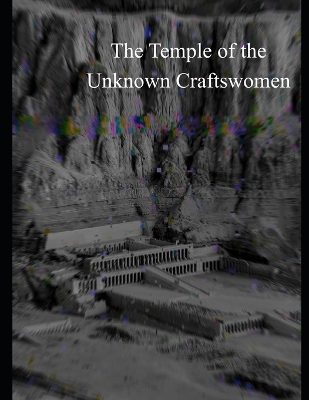Adversarial Design (Design Thinking, Design Theory) (Adversarial Design)
by Carl DiSalvo
In Adversarial Design, Carl DiSalvo examines the ways that technology design can provoke and engage the political. He describes a practice, which he terms "adversarial design," that uses the means and forms of design to challenge beliefs, values, and what is taken to be fact. It is not simply applying design to politics -- attempting to improve governance for example, by redesigning ballots and polling places; it is implicitly contestational and strives to question conventional approaches to po...
The Architecture of Percier and Fontaine and the Struggle for Sovereignty in Revolutionary France
by Iris Moon
As the official architects of Napoleon, Charles Percier (1764–1838) and Pierre-François-Léonard Fontaine (1762–1853) designed interiors that responded to the radical ideologies and collective forms of destruction that took place during the French Revolution. The architects visualized new forms of imperial sovereignty by inverting the symbols of monarchy and revolution, constructing meeting rooms resembling military encampments and gilded thrones that replaced the Bourbon lily with Napoleonic bee...
Journalism and Eyewitness Images (Routledge Research in Journalism)
by Mette Mortensen
Building on the vast research conducted on war and media since the 1970s, scholars are now studying the digital transformation of the production of news. Little scholarly attention has been paid, however, to non-professional, eyewitness visuals, even though this genre holds a still greater bearing on the way conflicts are fought, communicated, and covered by the news media. This volume examines the power of new technologies for creating and disseminating images in relation to conflicts. Mortense...
Temple of the Unknown Craftswoman (Disturbed Library)
by Alexandra Müller





















